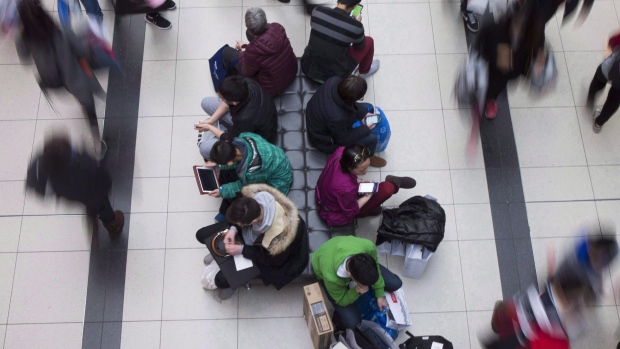Sep 16, 2016
Rising rents, healthcare costs boost U.S. consumer prices
, Reuters

WASHINGTON, Sept 16 - U.S. consumer prices increased more than expected in August as rising rents and healthcare costs offset a drop in gasoline prices, pointing to a steady build-up of inflation that could allow the Federal Reserve to raise interest rates this year.
The Labor Department said on Friday its Consumer Price Index rose 0.2 per cent last month after being unchanged in July. In the 12 months through August, the CPI increased 1.1 per cent after advancing 0.8 per cent in July.
Economists had forecast the CPI nudging up 0.1 per cent last month and rising 1.0 per cent from a year ago.
The so-called core CPI, which strips out food and energy costs, rose 0.3 per cent last month, the biggest increase since February, after gaining 0.1 per cent in July.
The core CPI increased 2.3 per cent in the 12 months through August after rising 2.2 per cent in July.
Last month's uptick in inflation is likely to be welcomed by Fed officials when they meet next Tuesday and Wednesday to deliberate on monetary policy.
But against the backdrop of a raft of disappointing economic reports for August, including weak retail sales and industrial production, as well as a slowdown in job growth, the U.S. central bank is expected to leave interest rates unchanged.
The Fed has a 2 per cent inflation target and tracks an inflation measure which has been stuck at 1.6 per cent since March. Fed Governor Lael Brainard said on Monday she wanted to see stronger consumer spending data and signs of rising inflation before hiking rates.
In August, gasoline prices fell 0.9 per cent after sliding 4.7 per cent in July. Food prices were unchanged, with the cost of food consumed at home declining for a fourth straight month.
Within the core CPI basket, housing and medical costs continued their upward march. Owners' equivalent rent of primary residence rose 0.3 per cent in August. It has risen by the same margin every month since April.
Medical care costs jumped 1.0 per cent last month after advancing 0.5 per cent in July. The cost of hospital services surged 1.7 per cent and prices for prescription medicine soared 1.3 per cent.
Americans also paid more for motor vehicle insurance and apparel. Prices for tobacco also rose, but the cost of used cars and trucks fell for a sixth straight month.